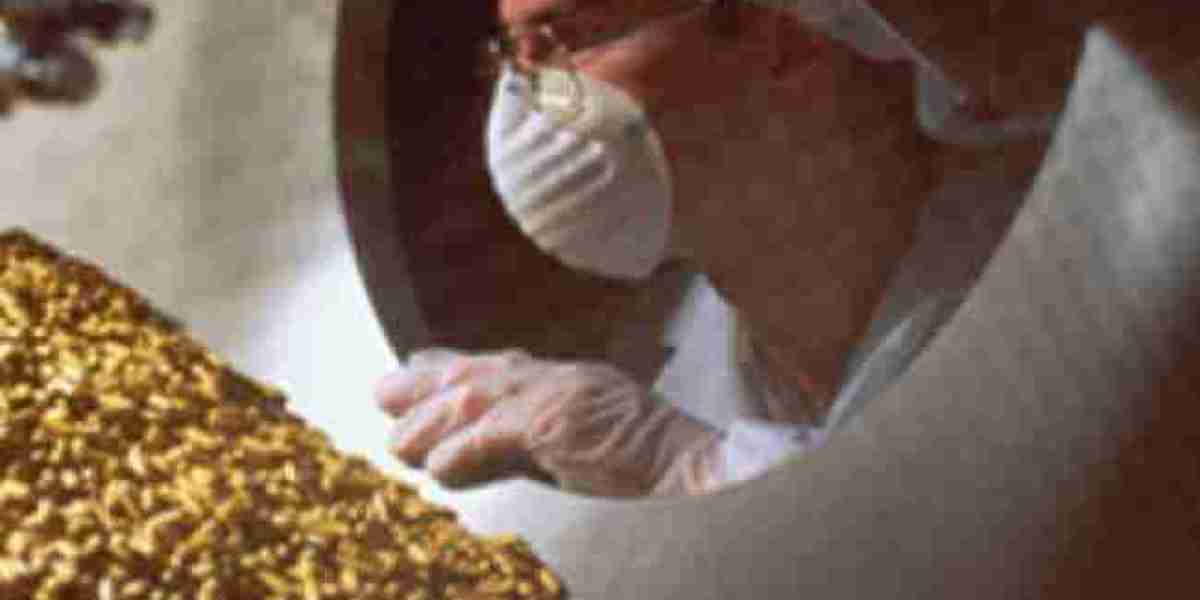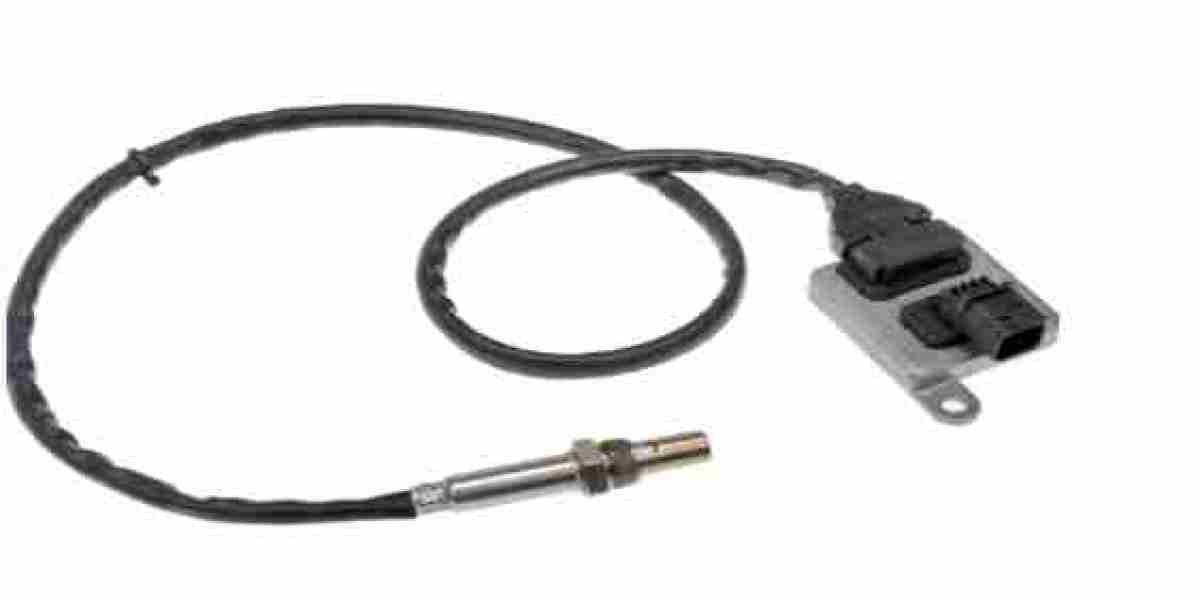The titanium dioxide-free food coating market has gained significant momentum in recent years, driven by rising health concerns, regulatory changes, and growing consumer preference for clean-label and natural food products. Titanium dioxide (TiO₂), once widely used in food coatings for its whitening and opacifying properties, has come under intense scrutiny due to its potential health risks. As a result, food manufacturers and suppliers are actively seeking safer alternatives, fueling the expansion of titanium dioxide-free coatings.
Titanium dioxide has long been a standard additive in the food industry, especially in confectionery, bakery, chewing gum, and dairy products. However, studies linking TiO₂ to genotoxicity and its classification as a “possible human carcinogen” by the International Agency for Research on Cancer (IARC) have led regulators, particularly in the European Union, to restrict its usage. In 2022, the European Commission officially banned TiO₂ in food products, making it essential for companies targeting the European market to find substitutes.
This regulatory shift has opened new avenues in the titanium dioxide-free food coating market. Manufacturers are innovating with natural ingredients such as calcium carbonate, rice starch, titanium-free mineral-based alternatives, and plant-derived extracts. These alternatives aim to replicate the color, opacity, and texture benefits of titanium dioxide while ensuring consumer safety and regulatory compliance.
North America and Europe are currently leading the market transition, thanks to heightened consumer awareness and a proactive regulatory environment. In contrast, emerging economies in Asia-Pacific and Latin America are witnessing gradual growth as food safety regulations evolve and multinational food brands expand into these markets. The global market is expected to witness robust growth as more countries align their food additive standards with those of the EU.
Technological innovation plays a key role in the development of titanium dioxide-free coatings. Food coating specialists are investing in advanced microencapsulation techniques, improved film-forming agents, and hybrid natural-synthetic compounds that provide desired product aesthetics without compromising safety or quality. As consumer expectations evolve, companies are also focused on improving the sensory and functional attributes of coatings, such as gloss, texture, and shelf life.
Major players in the market, including Colorcon, Sensient Technologies, Döhler Group, and Roquette, are actively launching titanium dioxide-free solutions. Many are collaborating with regulatory bodies and food manufacturers to develop customized formulations tailored to specific applications. These collaborations are also helping reduce the development time and commercial risk associated with replacing well-established ingredients like TiO₂.
The demand for clean-label products has also reinforced the shift. Today’s consumers are increasingly scrutinizing food labels and seeking products with transparent, recognizable ingredients. Titanium dioxide, often listed as E171, has become a red flag for many health-conscious shoppers. As such, food producers are under pressure to not only remove TiO₂ but also replace it with alternatives that meet consumer expectations for taste, appearance, and quality.
Despite the market’s promising growth, challenges remain. Developing effective titanium dioxide substitutes that do not compromise food quality is technically demanding. Formulation costs may rise due to the need for multiple ingredients to replicate TiO₂'s properties. Additionally, achieving color uniformity and stability across different food matrices remains complex. These hurdles, however, are being addressed through targeted R&D, strategic investments, and increasing awareness of the long-term benefits of titanium dioxide-free alternatives.
The future of the titanium dioxide-free food coating market looks optimistic, driven by health-conscious consumers, stricter regulations, and continued innovation. As the global food industry embraces transparency and safety, titanium dioxide-free solutions are poised to become the new standard in food coatings. Brands that proactively adapt to this trend are likely to gain a competitive advantage, improve brand trust, and better align with the values of modern consumers.




